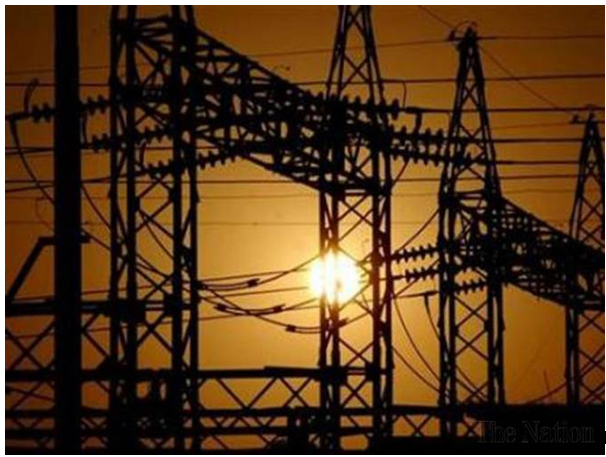
Think there’s absolutely no linkage? Think again.
The GDP of a country is essentially the value of its overall output of goods and services during a fiscal year at market prices, excluding net income from abroad. Many things are affected by the GDP – the growth rate, the unemployment rate, the monetary policy and asset allocation are the more predominant ones.
Electricity – (the lack of it) apart from being a major source of irritation in most Indian households – is absolutely essential for our businesses to run. The Power Sector, therefore, forms the backbone of most, if not all, industrial ventures in any country. Can you imagine what would happen if electricity ceased to exist in our lives?
The GDP would drop, for one.
Studies have shown that developed nation states with large GDPs like the United States of America and the Sweden also have very well developed power sectors. While the former has an energy consumption of 12,884 kWh per capita corresponding to a per capita GDP of $45,192, the latter has an energy consumption of 14,141 kWh per capita corresponding to a per capita GDP of $43,640.
China, the current leader among developing nations, has an energy consumption of 2,631 kWh per capita corresponding to its GDP of $3,749 per capita. Pakistan, on the other hand, has an energy consumption of 451 kWh per capita corresponding to its GDP of $949 per capita.
India has a meagre energy consumption of 597 kWh per capita corresponding to its GDP of $1,127 per capita.
Evidently, there seems to be a strong direct linkage between a country’s power sector and its GDP. This means that as the power sector of a country becomes more developed, its GDP increases and vice versa.
We are far, far away from achieving our full growth potential majorly because of the backwardness of our power sector, as compared to the power sectors of other developed and developing nations.
One of the contributors to this backwardness is the supply shortfall. Demand, especially peak demand, continues to outpace all supply output in India. This combined with an increased affordability of household and other electronic items has added to the burden on the power grid.
There is a need for coal sector reforms in India, as stated by CII. According to them, more coal-bearing areas need to be opened up by setting up exploration activity. This is predicted to boost production, increase scale and introduce competition.
Aggregate Technical and Commercial Losses in the country amount to about 30-35% according to official records. This means that 30-35% of the billed amounts are just not realised. These figures could be even higher owing to the lack of transparency and the substantial proportion of the population that is not metered.
The weakest link in India’s power sector, however, is the distribution. Theft, pilferage and network losses are the maximum in this segment. Since distribution is perceived as a social obligation of the Government rather than a commercial activity, subsidized and often unmetered power adds to the woes of the power sector in the forms of technical losses, billing and recovery, and consumption habits. T&D (transmission and distribution) Losses were close to 20% in 2008. This means that about 20% of the power produced in the country is lost only in transmission and distribution. This loss is thrice of what it is in the USA.
Clearly, positive reforms in the power sector will contribute to long term economic growth. This is a problem area the Government has identified and is working towards tackling the issue.
Posted by Yogita Kapoor Saturday, September 3, 2016 11:30:00 PM Categories: General Awareness
